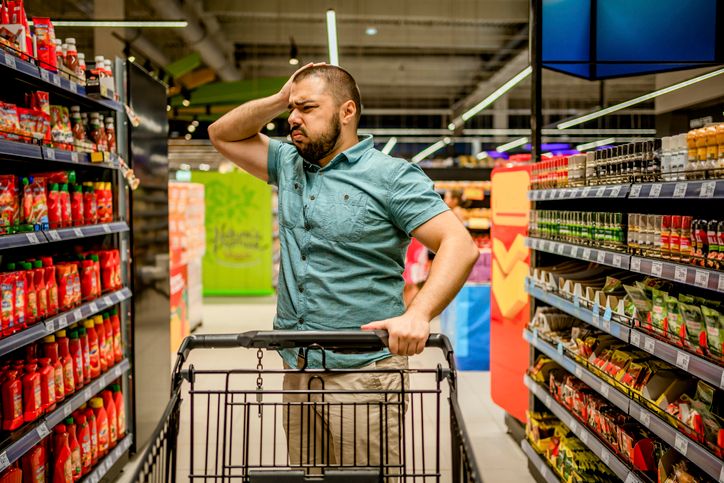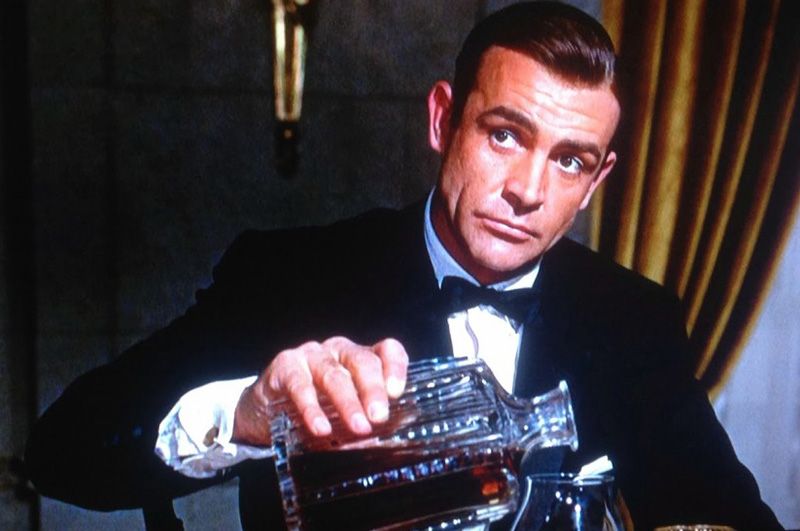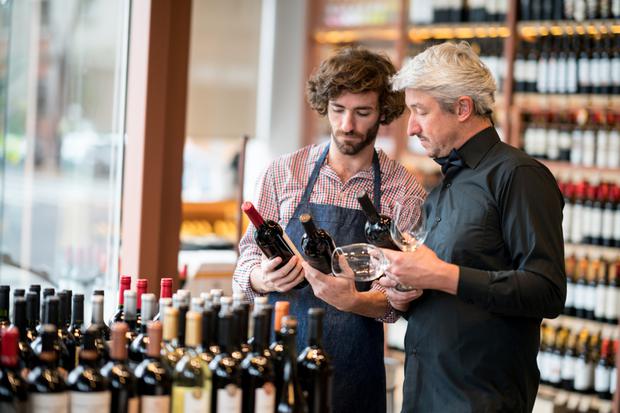Logically, as consumers we should spend more time thinking about the decisions we consider more important. So do we think wine is a more important decision than cars? Probably not.
We don’t always think logically as consumers. Firstly there are a whole host of cognitive biases that get in the way of us behaving sensibly.
Even when we do try to think methodically - a lack of information (or too much information) can slow things down, and despite our best methodical efforts, cause us to do irrational things. Things like deliberating for longer over which wines to buy, than which expensive, high-speed metal box we’re entrusting our family’s lives with...
What are Consumer Choice Criteria?
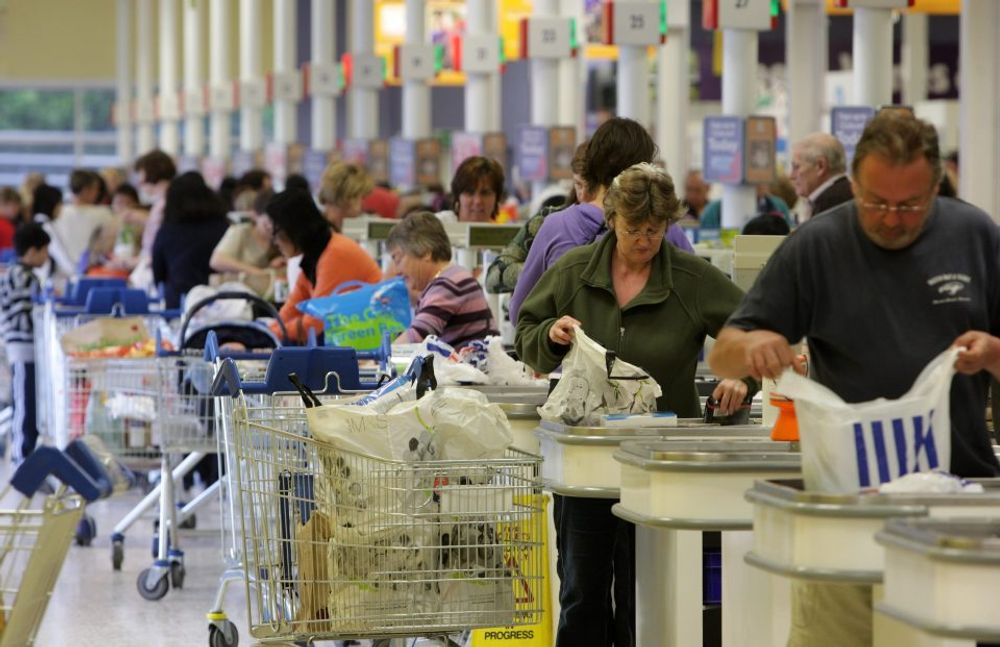
Shoppers are having to make multiple decisions every time they go to a supermaket - the trick is to make your category as easy - and quick - to shop as possible
Every purchase is unique, but along most paths, a number of decisions need to be made by the buyer - we can call these consumer choice criteria. These are things like: product aesthetics, brand loyalty, price promotion, expert reviews, returns policy etc.
Every customer is unique too, and the importance each customer places on each criteria differs. But as retailers, looking at average buyershelps us observe patterns and make changes that will impact behaviour changes in the largest number of customers.
When you pull together the most important consumer choice criteria and rank different products or categories against them for an average buyer, you’ll notice patterns.
Some are obvious - biscuits and fizzy drinks are all highly correlated. Toilet roll is similar to paracetamol. Cars, TVs and holidaysare fairly similar to each other too. Most product categories have other categories that they’re similar to.
What is wine similar to?
Rank wine against some of the criteria (frequency of purchase, design, personal preference to name a few) and at first glance it appears to be similar to whisky and beer.
So far, so expected. Alcohol A is similar to alcohol B and C.
However, when you look at an exhaustive list of all the criteria, wine starts to pull away and look like a bit of an anomaly. So, what criteria make wine different from whisky & beer?
Brand awareness
Using a supermarket as an example, there are maybe 50-100 different beer brands on offer vs 400+ wines. With fewer beer brands on offer there are fewer brands to remember. It means there’s a higher awareness among beer brands, which means choosing which beer to drink is easier.
Wine isn’t hugely brand led. While five beer brands make up 40% of value spend on beer, for wine the top 18 brands make up less than 30%.
The most famous wine brand according to YouGov’s BrandIndex is Echo Falls, but there are 22 beer brands that score higher than it, and six whisky brands too.
Category complexity

How long does a shopper have to make a decision about what wine to buy in a supermaket?
Even before you get to the brand awareness point with beer, there’s a guidance system that points you into a pretty tight area flavour wise.
Lager, bitter, stout, pale ales etc give you an indicator of what you’re going to get.
Even if you can’t see your brand, you can use these to point you towards something that will make you 90% happy. You might like some lager brands more than others, but most beer drinkers know if they’d prefer a light lager to an ale.
Enthusiasts will disagree, but with whisky, from an everyday drinker’s point of view there are probably three to four different styles.
This doesn’t exist for wine...well, it does, but knowledge of the system sits at the other side of a WSET course.
Lower confidence
Low brand awareness, and high category complexity make people less confident.
People buying beer and whisky, before they get to a checkout, are far more confident they’re going to be happy with their purchase than they are with wine. For the reasons mentioned above.
For non-experts, until you open the bottle, it’s just a red, white or pink (or orange) liquid. That’s pretty much all you know.
Consideration period
Consumers take far longer choosing wine than other alcohol types. Spend some time loitering in a wine, beer and whisky aisle of the supermarket and you’ll see for yourself that they dwell there for far longer.
Which is why wine drinkers end up spending more time choosing a wine than they do choosing which house to buy.
Wine is a fairly unique example among alcohol categories, and a total lone wolf when you compare it to everything else. Buying wine is difficult, which makes selling it difficult. Selling it is difficult, which makes buying it difficult.
So what can we do about it?
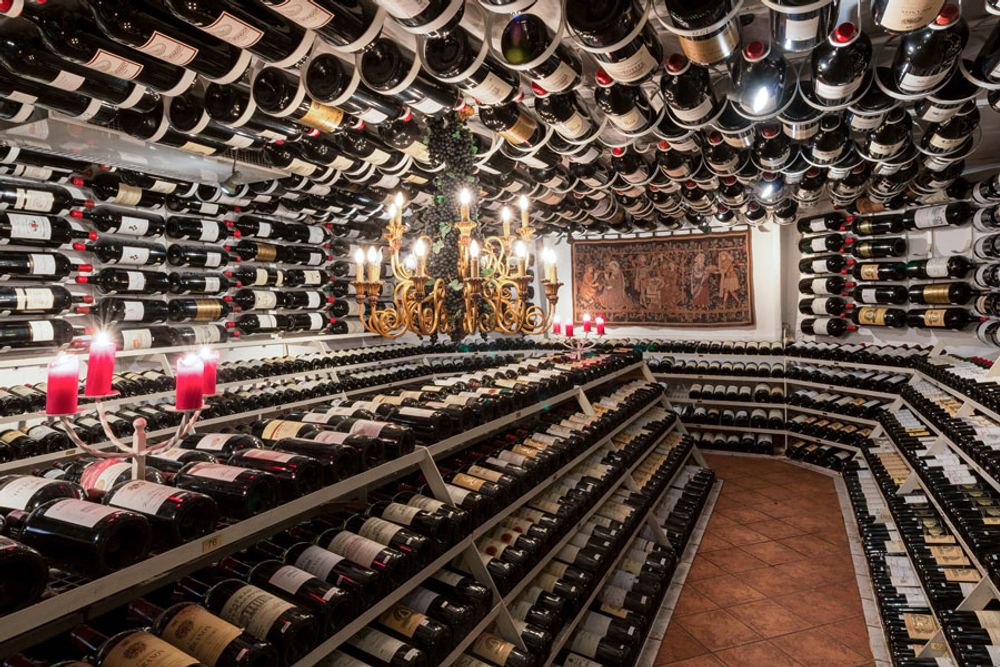
Can I help you sir? The choice of wine in a specialist wine shop is overwhelming even for an experienced wine enthusiast
The solution is specialist wine shops. Which are fantastic for anyone who regularly visits them, which is unfortunately only 10%-15% of wine drinkers.
From speaking to hundreds of wine shops, most retailers seem to be familiar with about 60% of their regular customer’s tastes, but with a new customer that drops to 0%, and herein lies the problem.
An average drinker only likes about four out of the 10 of wines in any given shop, but they dislikeabout three out of 10.
For the 85%-90% of wine drinkers who don't regularly visit independent wine shops, visiting one and picking at random means there’s an overwhelmingly high chance you get it wrong.
If you ask for help from the person behind the counter, despite their best efforts, there’s still a high chance that they’re going to get it wrong too.
Even the most knowledgeable retailer on earth, talking to a total novice, won’t get it right every time. Because virtually none of this audience know how to describe their tastes.
What happens next?
The customer takes the wine home, drinks it, spits it out in disgust, and never returns. There’s no chance to build a relationship with them, learn their tastes and start to improve your recommendations because the interaction went awry, and there’s no way of rekindling it.
Wouldn’t it be great if there was a way of knowing, when someone walks through the door, what their taste preferences are instantly? So you can have meaningful conversations about unusual Jura whites with the 20% of drinkers who love them, but avoid mentioning them to those who can’t stand them?
At Corkable we’re building a tool that helps wine shops have better starting points to conversations with customers about what they should buy. Confident customers spend more. Satisfied customers come back. So let’s fill the customers walking through the door with confidence, and make sure they’re leaving with the right wine for their unique taste preferences so they return again and again.
